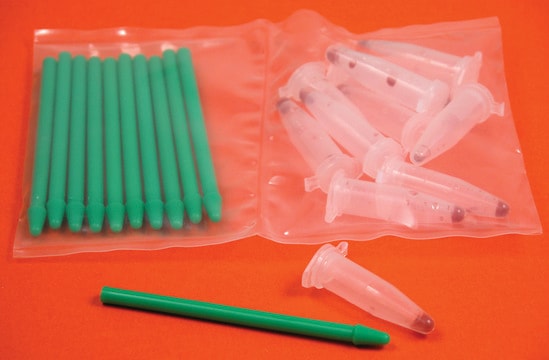D8938
Set KIMBLE du type Dounce pour le broyage des tissus
2 mL complete
Synonyme(s) :
885300-0002, Dounce, Dounce Homogenizer, Glass Tissue Grinder, KIMBLE Tissue Grinder, KONTES, Pestles, Tissue Grinder, Tubes
About This Item
Produits recommandés
Matériaux
glass
Caractéristiques
autoclavable
Fabricant/nom de marque
Kimble® 885300-0002
Dégagement du pilon A
0.0030-0.0050 in.
Dégagement du pilon B
0.0005-0.0025 in.
Volume de travail × L
2 mL × 60 mm
Vous recherchez des produits similaires ? Visite Guide de comparaison des produits
Catégories apparentées
Description générale
Caractéristiques et avantages
Informations légales
Certificats d'analyse (COA)
Recherchez un Certificats d'analyse (COA) en saisissant le numéro de lot du produit. Les numéros de lot figurent sur l'étiquette du produit après les mots "Lot" ou "Batch".
Déjà en possession de ce produit ?
Retrouvez la documentation relative aux produits que vous avez récemment achetés dans la Bibliothèque de documents.
Les clients ont également consulté
Notre équipe de scientifiques dispose d'une expérience dans tous les secteurs de la recherche, notamment en sciences de la vie, science des matériaux, synthèse chimique, chromatographie, analyse et dans de nombreux autres domaines..
Contacter notre Service technique










